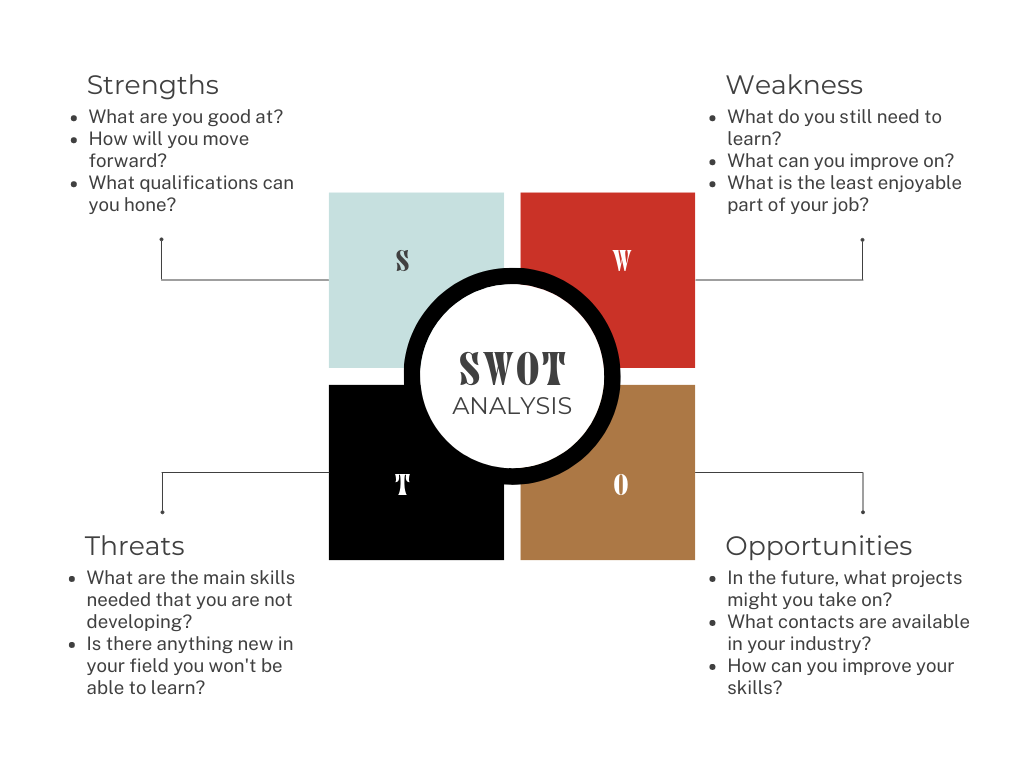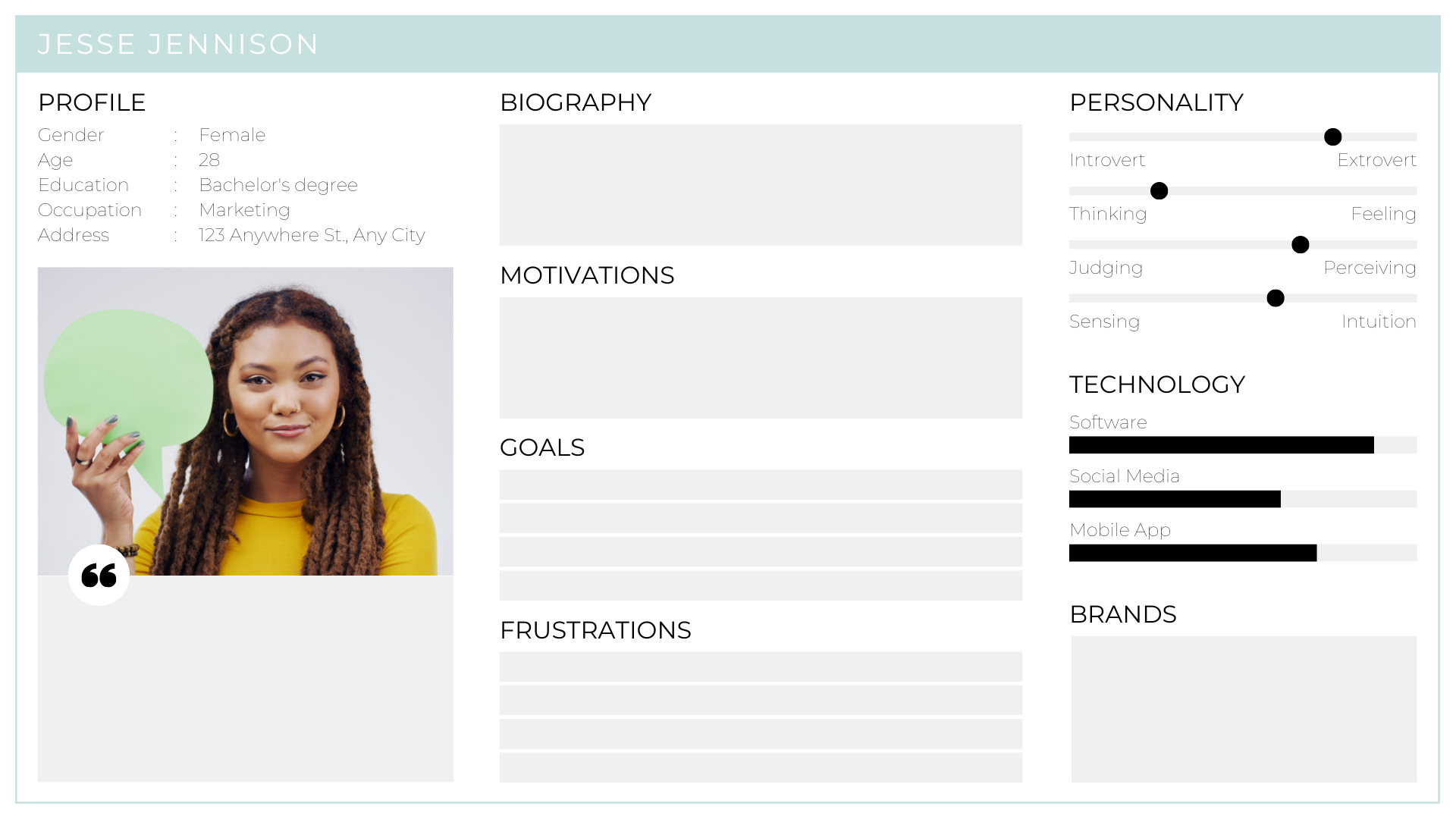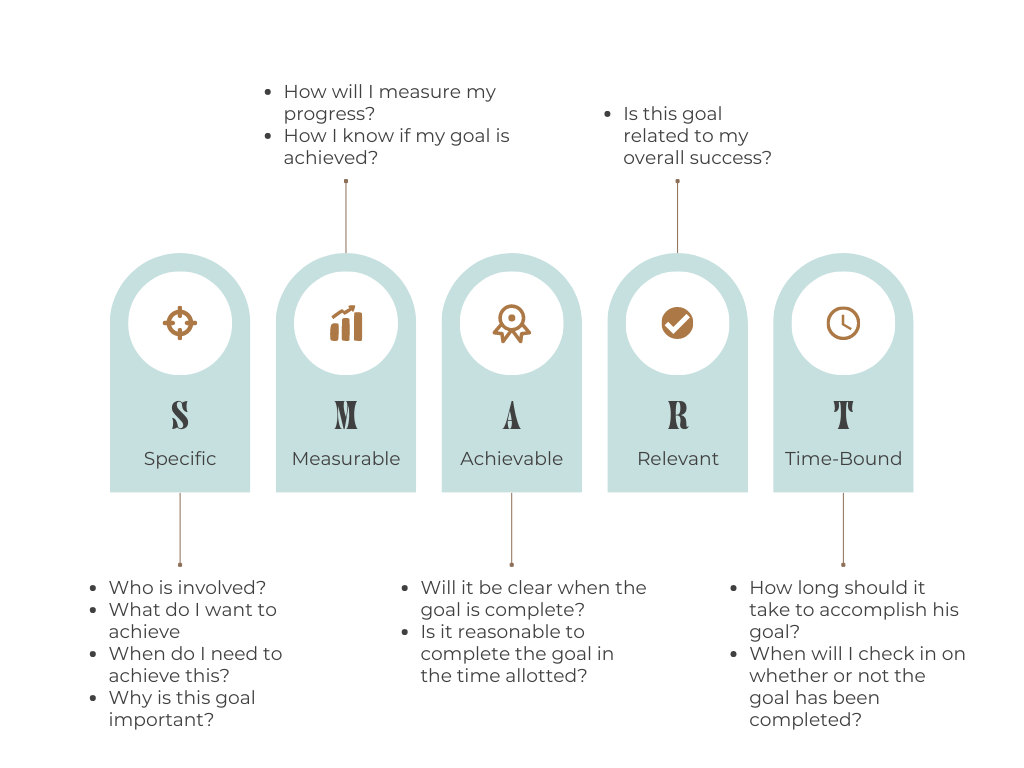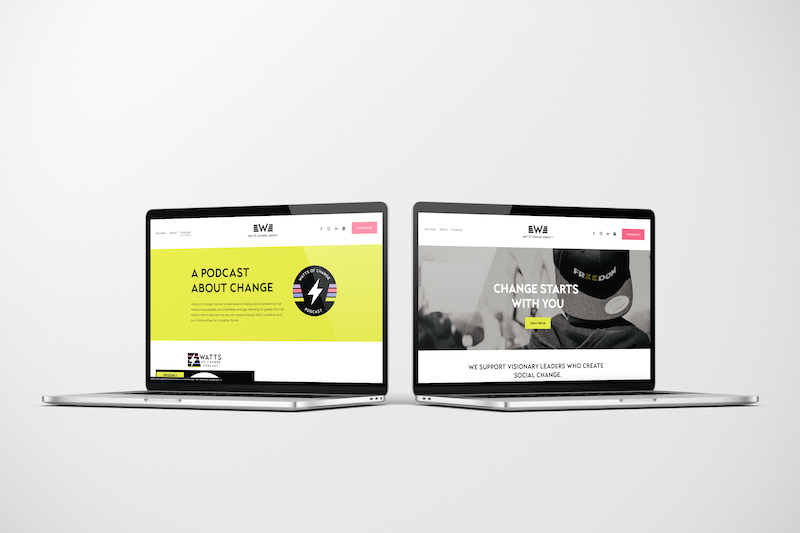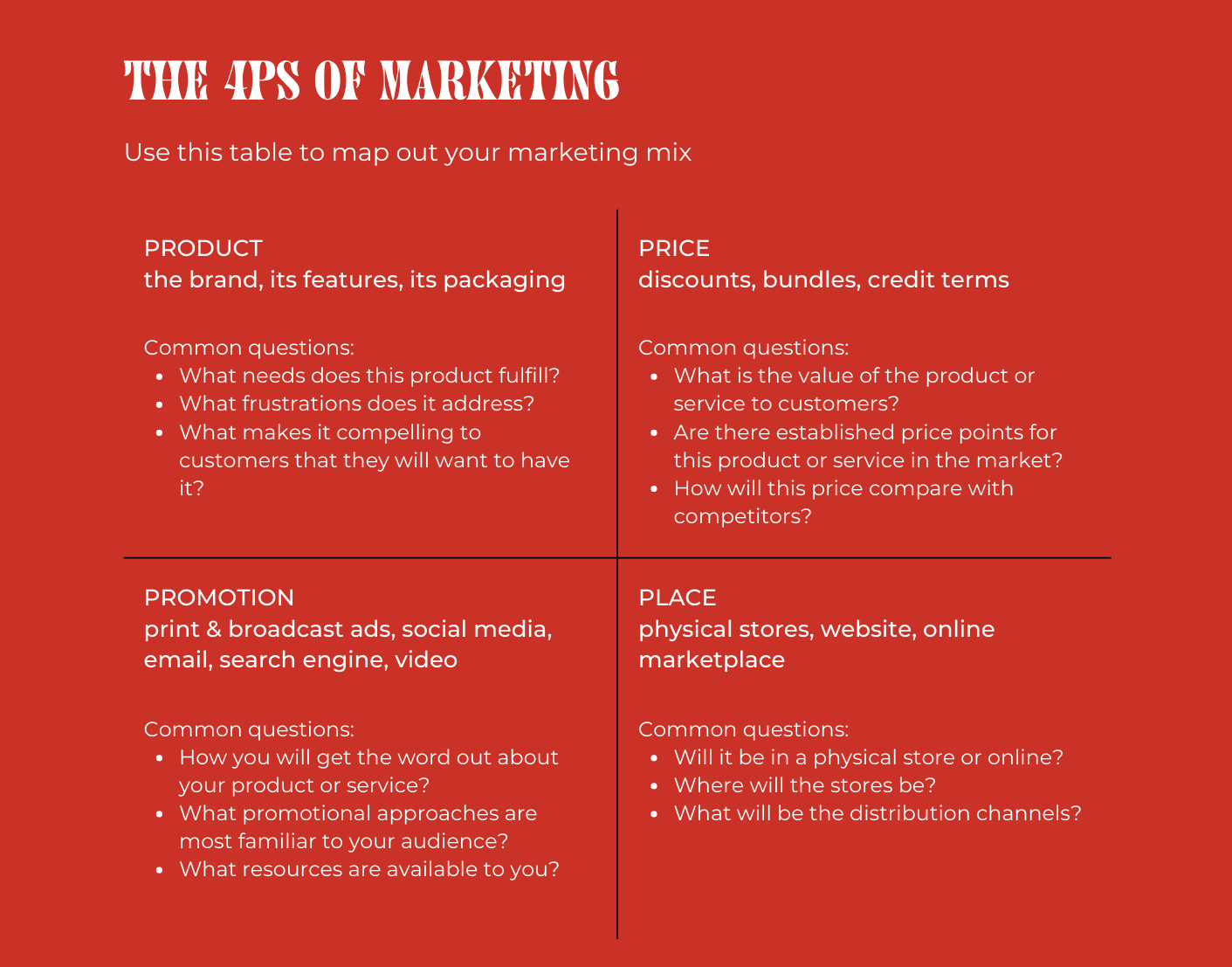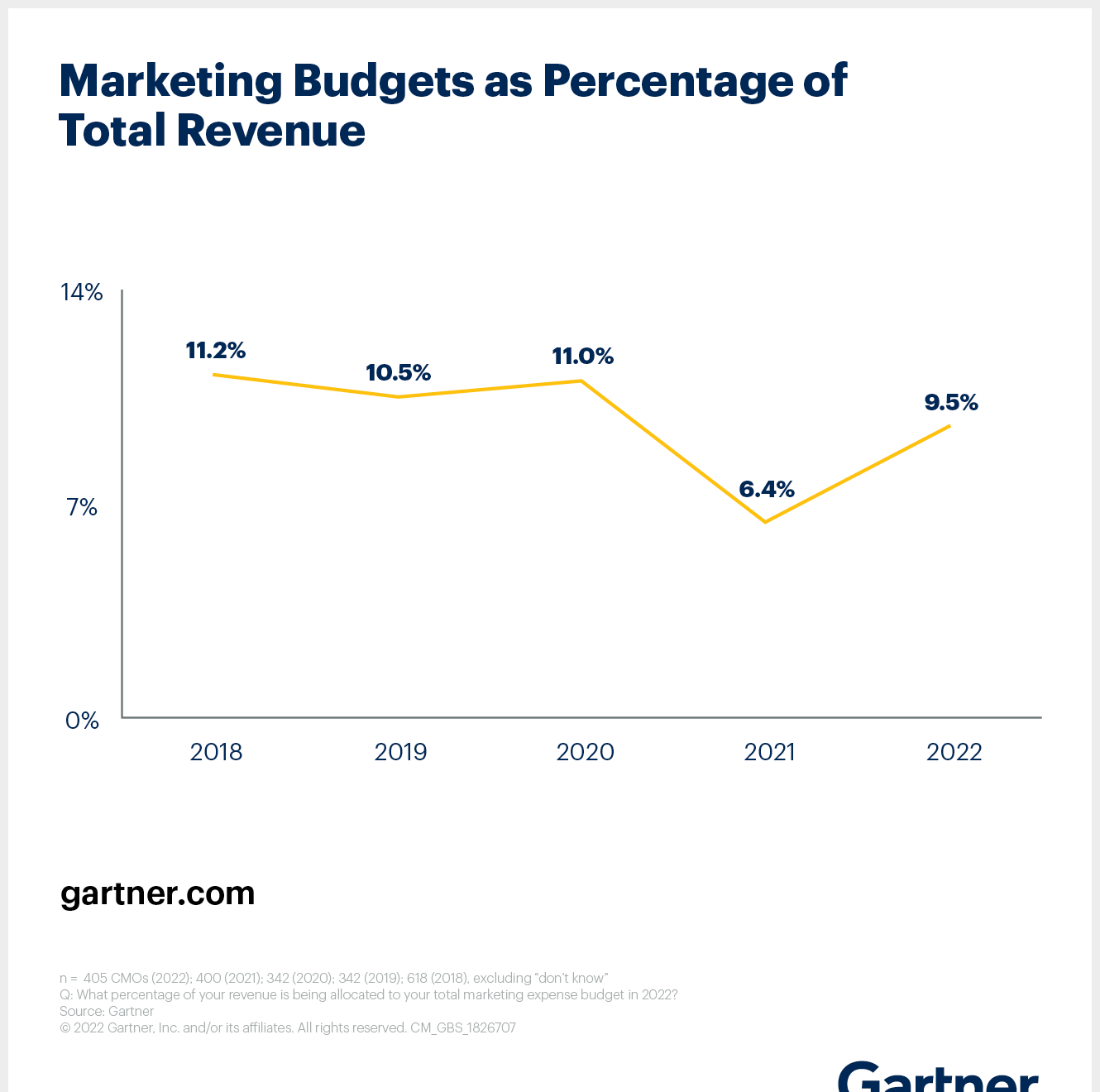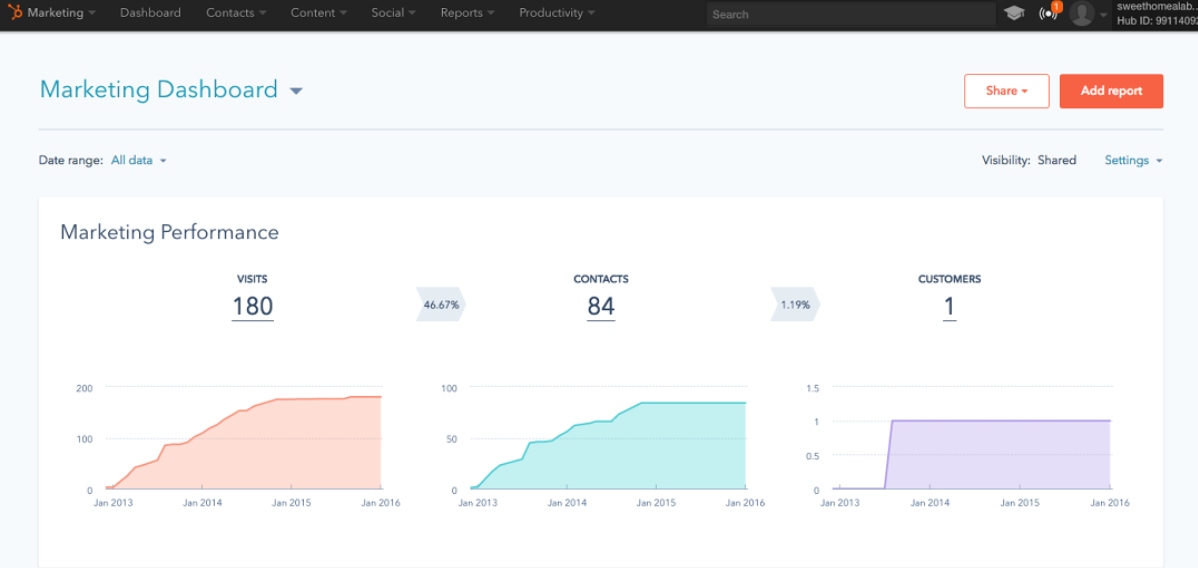How to Create a Marketing Plan
Do you have a solid marketing plan? Or are you just creating marketing campaigns as needs pop up? Start-ups and small businesses are pretty notorious for skipping marketing planning.
I totally get it! You’re busy doing a million different jobs and trying to build your own business. Often, you have to skip some steps in the beginning phases. Or maybe you rushed through marketing planning. Taking the time to plan your marketing strategy for the year is vital to your success.
Marketing planning involves developing a strategy that outlines the company's goals, target market, positioning, and marketing mix, and determining the tactics and resources necessary to achieve these objectives.
Marketing planning is the process of creating a comprehensive roadmap for a company's marketing activities. It involves developing a strategy that outlines the company's goals, target market, positioning, and marketing mix, and determining the tactics and resources necessary to achieve these objectives.
In this blog, we will dive into the key components of marketing planning and how to develop an effective plan for your business.
1. Conduct a SWOT Analysis
The first step in marketing planning is to conduct a situational analysis, which involves assessing the internal and external factors that could impact your marketing efforts. This includes analyzing your company's strengths, weaknesses, opportunities, and threats (SWOT), as well as identifying key market trends, competitor behavior, and regulatory changes.
Be sure to be honest about how things are currently working in your organization. If you want to get ahead, you need to be real with yourself on where you are currently.
Questions to Ask During a SWOT Analysis:
What are you good at?
What qualifications can you hone?
Why do people continue to do business with you?
What do you still need to learn?
What is your least favorite part of the job?
Is there anything new in your field that you don’t know?
In the future, what projects could you take on?
How can you improve your skills?
I also suggest conducting a SWOT analysis at least once a year. You should be sure to
You should do a SWOT analysis at least once per year.
2. Define your Buyer Personas
Once you have a clear understanding of the business environment, you need to identify your target market. This involves creating buyer personas that detail the characteristics of your ideal customer, such as age, gender, location, income, and interests. This information will help you tailor your marketing messages and tactics to resonate with your target audience.
Here are some questions to ask while developing buyer personas:
Who are your best customers? Why?
What pain points are you customers feeling? What are ways we can alleviate these pain points?
How can we make it easier on our customers?
What platforms / social media platforms do you use to find new information and/or vendors?
What types of companies and organizations does your persona work at?
Strategize your target buyer personas using a template like this. Download our buyer persona workbook here.
3. Set Brand Goals
Setting brand goals is a crucial part of any successful branding strategy. Goals provide a clear direction and focus for your brand, and they help you measure your progress and success over time. When setting brand goals, it is important to first define your brand's purpose and values, and then align your goals with those principles.
Your goals should be specific, measurable, achievable, relevant, and time-bound, also known as the SMART framework. This will ensure that your goals are realistic and attainable and that you have a clear roadmap for achieving them.
In addition to setting goals, it is also important to regularly review and adjust them as needed based on changes in the market, customer needs, and other factors that impact your brand's success. By setting and achieving brand goals, you can build a strong and successful brand that resonates with your target audience and stands the test of time.
4. Develop Brand Positioning and Messaging
Brand positioning and messaging are critical parts to any successful marketing strategy. Brand positioning refers to the way a brand is perceived by its target audience in relation to its competitors. It involves identifying the unique value proposition of the brand and creating a distinct identity that sets it apart from its competitors. This can include factors such as the brand's personality, its values, and the benefits it provides to its customers.
Messaging, on the other hand, is the way in which a brand communicates its value proposition to its target audience. It involves creating a clear and concise message that resonates with the brand's target customers, using language and imagery that speaks directly to their needs and desires. Effective messaging can help to build brand awareness, increase customer loyalty, and drive sales.
Together, brand positioning and messaging form the foundation of a brand's identity and are critical to its success. By carefully crafting the way a brand is perceived and communicating its value proposition in a compelling way, businesses can build strong relationships with their customers and stand out in a crowded marketplace.
Your brand positioning and messaging should match your visual branding elements.
5. Strategize your Marketing Mix
The marketing mix, also known as the 4 Ps (product, price, place, and promotion), is the set of tactics that a business uses to influence customers' decision-making.
4 Ps:
Product: The product component involves developing the right product or service for your target market.
Price: The price component involves setting the right price point that is attractive to your target customers while also ensuring profitability.
Place: The place component involves choosing the right distribution channels to reach your target customers.
Promotion: The promotion component involves developing a marketing campaign that communicates your USP and encourages customers to take action.
Be sure to strategize the 4Ps: product, price, promotion, and place.
6. Set your Marketing Budget
Your marketing plan should also include a budget that outlines the resources you need to execute your marketing tactics. This includes allocating funds to different marketing channels, such as social media advertising, search engine optimization, email marketing, and events.
According to Gartner, the average marketing budget today is 6.4% to 9.5% of a company’s revenue across almost all industries.
Research shows that companies typically spend 9.5% of their total revenue on marketing.
7. Track Metrics
Finally, your marketing plan should include metrics to measure the success of your marketing efforts. This includes tracking key performance indicators (KPIs) such as website traffic, conversion rates, customer acquisition cost (CAC), and return on investment (ROI). Regularly reviewing and analyzing these metrics will help you optimize your marketing tactics and improve the ROI of your marketing spend.
Here’s marketing metrics you should be keeping track of:
Monthly Website Views
Click-Through Rate (CTR)
Time on Page
Pages Per Session
Email Open Rate
HubSpot allows you to track all your marketing metrics in one place.
Marketing Planning Checklist
Use this marketing planning checklist to help guide you through the marketing strategy process:
Conduct a competitor analysis: Research your competitors and identify their strengths, weaknesses, and unique selling propositions.
Define your buyer personas: Identity who your ideal customer is, what they are interested in, where they are located, and what their buying habits are.
Set clear and measurable marketing goals: Define what you want to achieve through your marketing efforts, such as increasing sales, building brand awareness, or improving customer loyalty.
Develop a brand positioning and messaging strategy: Create a consistent brand messaging strategy that aligns with your marketing goals and resonates with your target audience.
Develop a marketing budget: Determine how much you are willing to spend on marketing and allocate funds accordingly.
Choose your marketing channels: Determine which marketing channels are most effective for reaching your target audience, such as social media, email marketing, or SEO.
Develop a content marketing plan: Create a plan for creating and distributing valuable content to attract and engage your target audience.
Plan your marketing campaigns: Develop a detailed plan for each marketing campaign, including timelines, budgets, and tactics.
Track and measure your results: Use analytics and tracking tools to measure the success of your marketing campaigns and adjust your strategy as needed.
Continuously review and refine your marketing plan: Regularly evaluate your marketing plan and make adjustments as necessary to ensure that it continues to meet your business goals and objectives.
Marketing planning is a critical process that helps businesses develop a clear and effective strategy for their marketing efforts. By conducting a situational analysis, defining your target market, positioning your brand, developing a marketing mix, setting a budget, and tracking metrics, you can ensure that your marketing efforts are focused, effective, and results-driven.
Ready to get started building your brand? Download this brand planning workbook for free to get started building your very own business.
Are you looking for a partner to help you with marketing planning? Contact us today for help building and strategizing your marketing playbook.


